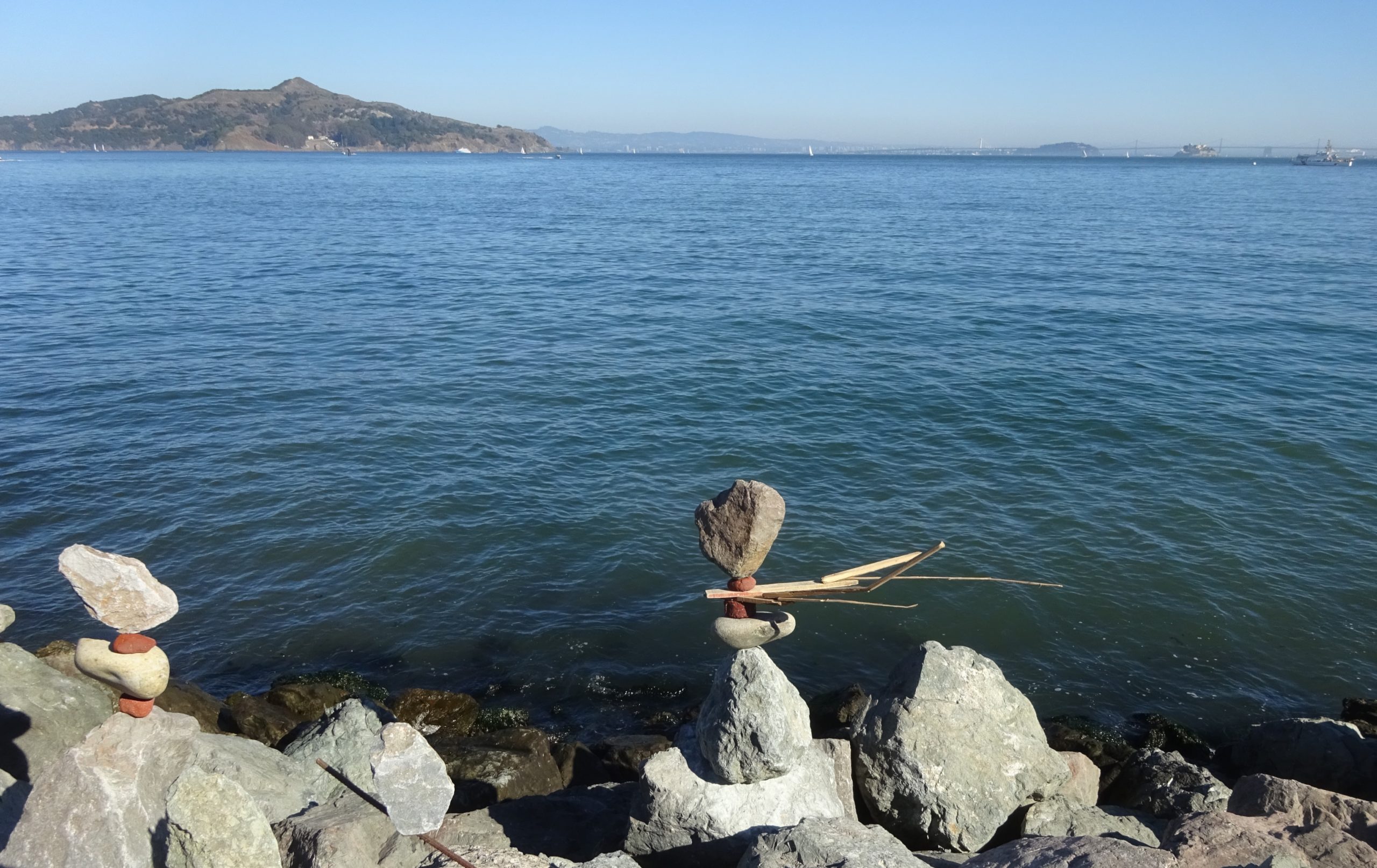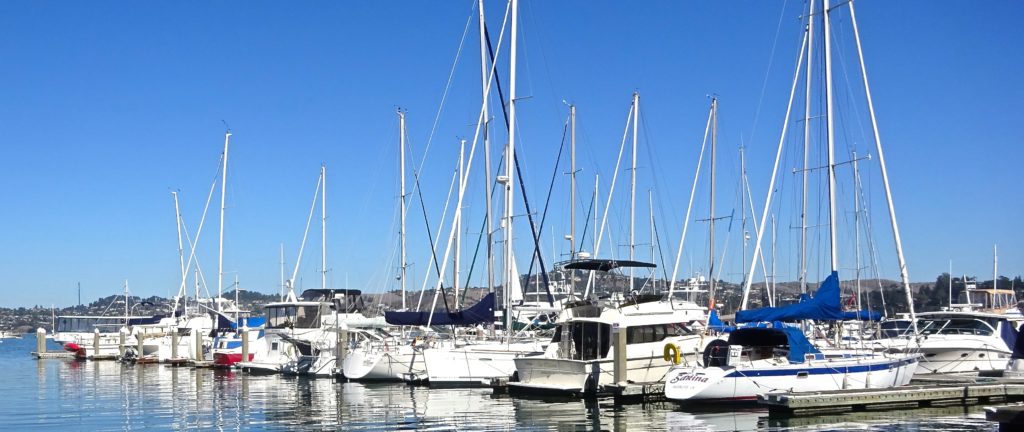From Miwoks to artists, this seaside town 4 miles north of the Golden Gate Bridge has an intriguing past.
Sausalito’s history dates back to the Coast Miwok people, who lived in these parts for thousands of years. Europeans arrived as early as the 16th century, but white settlement didn’t begin in earnest until Rancho Saucelito (Spanish for “little willow,” for the area’s creekside trees) was established during California’s period of Mexican rule (1821–48). Richardson Bay, the large cove north of Sausalito Ferry Landing, is named for the rancho’s first owner, William Richardson, who made part of his fortune shipping Sausalito water to San Francisco in the 1850s.
Summer Homes and Patricians
During the 19th century, the focus of Sausalito—the spelling changed in the late 19th century—shifted from whaling to yachting and commercial fishing to dairy ranching and shipbuilding and other nautical pursuits. With the advent of regular ferry service, rich San Franciscans built summer homes in the Sausalito hills, as did a wave of English patricians. The working class was well represented along the waterfront in the form of shopkeepers, stevedores, boat builders, and fishermen.

Transportation Hub, Louche Reputation
By the 20th century, Sausalito had evolved into a marine transportation hub, with trains from all over Marin feeding passenger and, later on, car ferries that connected the county to San Francisco. The Golden Gate Bridge, which opened in 1937, rendered obsolete the alternative, a semicircular multicounty inland journey by car – and along with it the commuter-ferry service. As fate would have it, commuter boats were revived a few decades later to reduce the rush-hour crush of cars on the bridge.
During World War II, the W.A. Bechtel Co.’s Marinship factory produced Liberty cargo ships and other vessels for the U.S. Navy. (An exhibit at the Bay Model museum on the factory site documents the shipbuilding period.) A century of sometimes seedy port activity, most notably an interlude of rum-running during Prohibition (1920–1933), had secured Sausalito a louche reputation that transitioned to a bohemian one after the war, when many artists, and in the 1960s, hippies, settled here.

In Search of the Past
The area’s artistic legacy manifests itself in the many galleries you’ll discover. Some downtown buildings bear plaques describing their history and Sausalito’s, but much of this tourist mecca’s past is barely detectable if you don’t know where to look. The downtown visitor center, near the ferry landing at 22 El Portal Avenue, and the nearby Sausalito Ice House Museum, which reopened in 2023 with updated interactive exhibits about the town, are good places to start. The IDESST Sausalito Portuguese Cultural Center publishes a lengthy walking tour guidebook of sights and attractions connected with Portuguese immigrants and their descendants, many of whom built boats or ran dairies in southern Marin. The website of the Sausalito Historical Society, which runs the visitor center, has a page about the city’s history and links to more information.
More About Marin County
Great Marin County Hikes
Abbotts Lagoon
Battery Mendell to Battery Townsley
Coastal, Wolf Ridge, Miwok Trails Loop
Mount Tamalpais Muir Woods Loop
Rodeo Lagoon to Point Bonita Lighthouse
Rodeo Lagoon Trail Loop
Roy’s Redwoods Open Space Preserve
Tennessee Valley
Tule Elk Preserve
This story first appeared online in 2017; it was most recently updated in 2024.

Pingback: STORY INDEX BY REGION – Daniel Mangin
Pingback: Scenic Marin Headlands Escape – Daniel Mangin